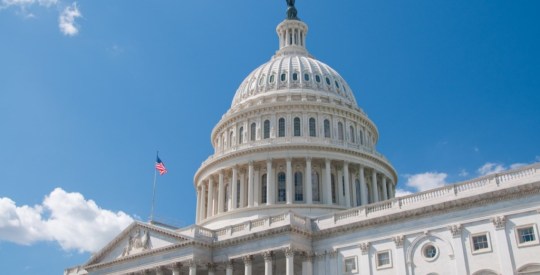In a recent episode of its “New Home Insights Podcast,” Dean Wehrli, principal at John Burns Research & Consulting, chats with David Howard, CEO of the National Rental Home Council (NRHC). They discuss how national, state and local housing policies impact the rental market, and they also explore housing policies proposed ahead of the presidential election.
Wehrli: You started with the NRHC after the single-family rental and build-to-rent (BTR) markets grew. But it’s become massively bigger since that time too, hasn’t it?
Howard: There’s always kind of been a gray area, and that’s really where single-family rental housing has lived. The business of single-family rental housing has been around for decades, but over the past 10 to 12 years, that market has started to take shape as a separate and distinct asset class within the housing ecosystem.
Wehrli: There’s some national legislation that could impact larger entities that have become somewhat important in single-family rentals. Can you give us some background and your take?
Howard: Housing has come to the forefront of many policy conversations in Washington, D.C., especially after COVID. We’ve seen some federal legislation addressing concerns policymakers have. It’s very appropriate for policymakers here to examine issues of housing supply, affordability and accessibility.
Wehrli: Can you explore the two major presidential candidates and their proposed policies that would impact the rental market?
Howard: The vice president [Kamala Harris] has spoken eloquently about the need to build more housing and incentivize new construction. The former president [Donald Trump] has also discussed opening up federal lands for new housing development. Success for either candidate would depend on how effectively they can incentivize new housing development.
Wehrli: What’s going on in the states that you would look at as an existential threat?
Howard: It’s challenging for state policymakers to enact legislation directly impacting housing on the ground, as housing is largely a local matter. The real action is at the regional level, where zoning and approvals happen. But we are seeing some state-level legislation in places like California, Colorado and Minnesota that restricts rental property construction.
Wehrli: Can we talk about the legislation that threatens BTR?
Howard: In certain Georgia counties, some single-family homes are set aside for rent through specific legislation, though that approach hasn’t spread widely. Many policymakers simply don’t understand BTR and its benefits.
Wehrli: Now, let’s talk a little bit about rent control. Do you see a slippery slope for any kind of rent control?
Howard: There’s substantial research showing that rent control acts as a disincentive for new development and ongoing investment in housing. This can, over time, create a greater supply shortage.
Wehrli: One of the problems with supply in the multifamily world is capital, particularly affordable capital. Are you tracking that?
Howard: Yes, access to capital has become more challenging. The cost of capital is now much higher, making it harder for developers to finance new housing. That’s a big part of why single-family rental homes are sometimes more economical to build than multifamily properties.





